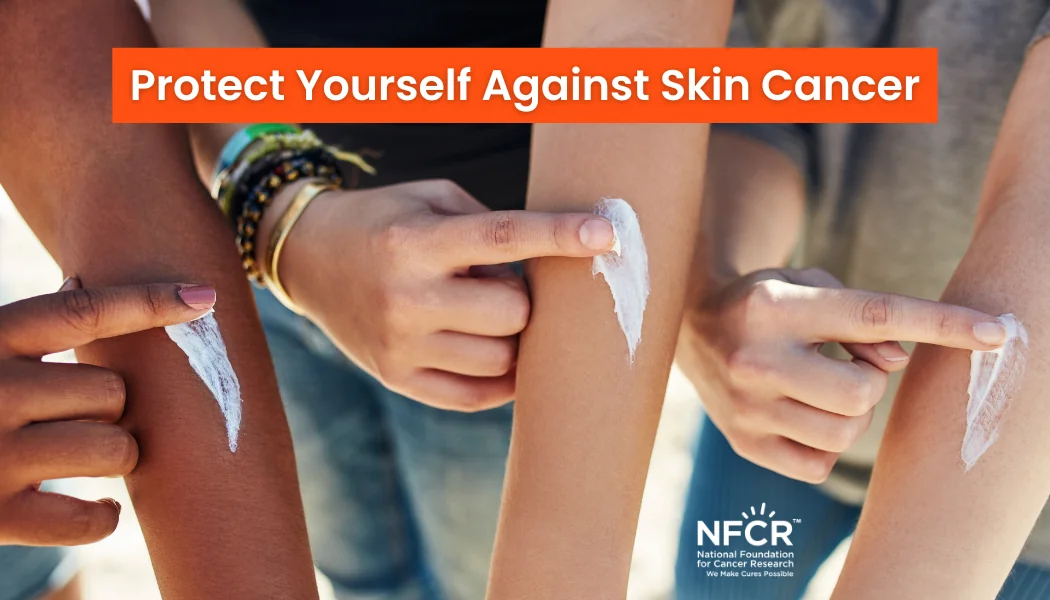Skin Cancer Prevention: Follow These Skincare Tips

Skin cancer is by far the most common type of cancer in the United States.
Each year more than 5 million Americans are treated for skin cancer.
Most skin cancer is caused by overexposure to Ultraviolet (UV) radiation, both UVA and UVB. UV radiation can damage the DNA in your skin cells. When this damage affects the DNA of genes that control skin cell growth, skin cancer can develop.
Here are guidelines that we all should practice to help keep ourselves and our families’ skin cancer-free.
- Use Sunscreen Properly.
- Choose Wisely. Select a water resistant, broad-spectrum sunscreen with a Sun Protection Factor (SPF) of at least 15, preferably 30 or higher, especially if you have fair skin. “Broad Spectrum” and “SPF15” (or higher) protects against all types of sun-induced skin damage if used as directed, they protect not only against sunburn, but can reduce the risk of skin cancer and early aging. By contrast, any sunscreen not labeled as “Broad Spectrum” or that has an SPF value between 2 and 14, has been shown to only prevent sunburn.
- Apply Generously and Early: Apply 1 ounce to cover your entire body. During a long day at the beach, one person should use around one half to one quarter of an 8 oz. bottle. Apply 30 minutes before you are in the sun for sunscreen absorption by your skin.
- Re-apply Frequently. Every two hours, even on cloudy days, and after swimming, sweating, toweling, or showering. If you are in the water for longer than 40 minutes, reapply, since even water-resistant sunscreen loses its effectiveness.
- Empty Your Bottle Quickly. Note the expiration date of the sunscreen bottle. After 3 years, the original strength may have decreased.
- Store your suncreen correctly. Keep the container from excessive heat and direct sun by storing it the shade—such as in a cooler or wrapped in a towel.
- Wear protective clothing: the tighter the weave, the more protection—if you can see light through clothing while holding up to light, then there is not much protection. Wear sunglasses and be sure they are UV-blocking.
- Protect your lips, too. Always wear lip balm or lipstick with a minimum SPF of 15 or higher. Take special care to protect the lower lip, which receives the most direct sunlight.
- Use extra caution near water, snow and sand as they reflect around 80% of solar UV radiation—nearly doubling your exposure.
- Avoid tanning lamps and beds. Use sunless self-tanning products as a safer alternative. REMEMBER, sunscreen should still be used even if you do use these self-tanning products.
When is a mole cancer? Look for these signs…
- One half doesn’t match the appearance of the other half.
- Border irregularity. The edges are ragged, notched or blurred.
- The color (pigmentation) is not uniform. Shades of tan, brown and black are present. Dashes of red, white and blue add to a mottled appearance.
- The size of the mole is greater than 1/4 inch (6 mm), about the size of a pencil eraser. Any growth of a mole should be evaluated.
- There is a change in the size, shape, symptoms (such a itching or tenderness), surface (especially bleeding) or color of a mole. Cancer touches virtually everyone at some point in their life.
For more information on cancer prevention, detection, treatment and research breakthroughs, learn more about our areas of research focus.












